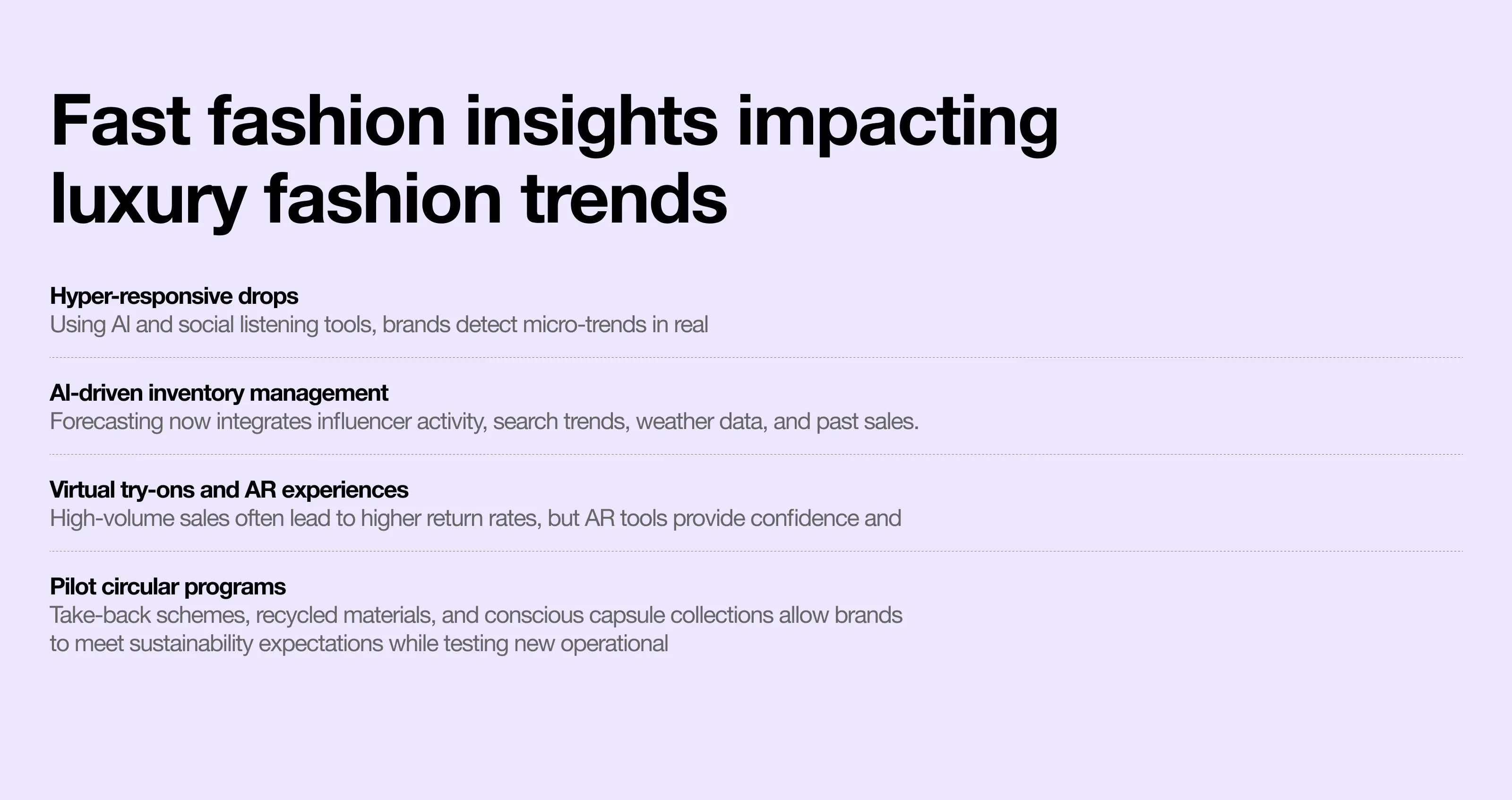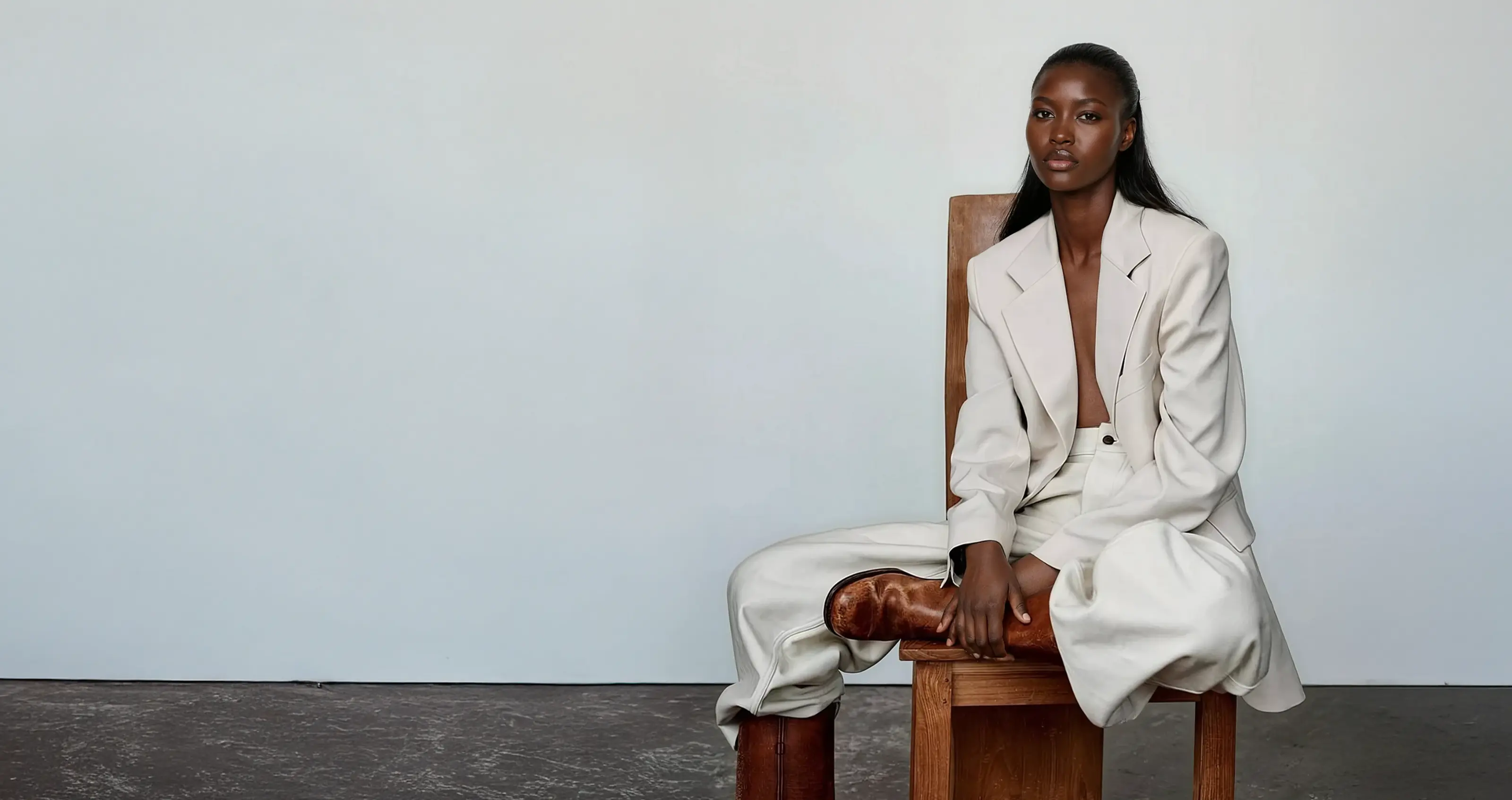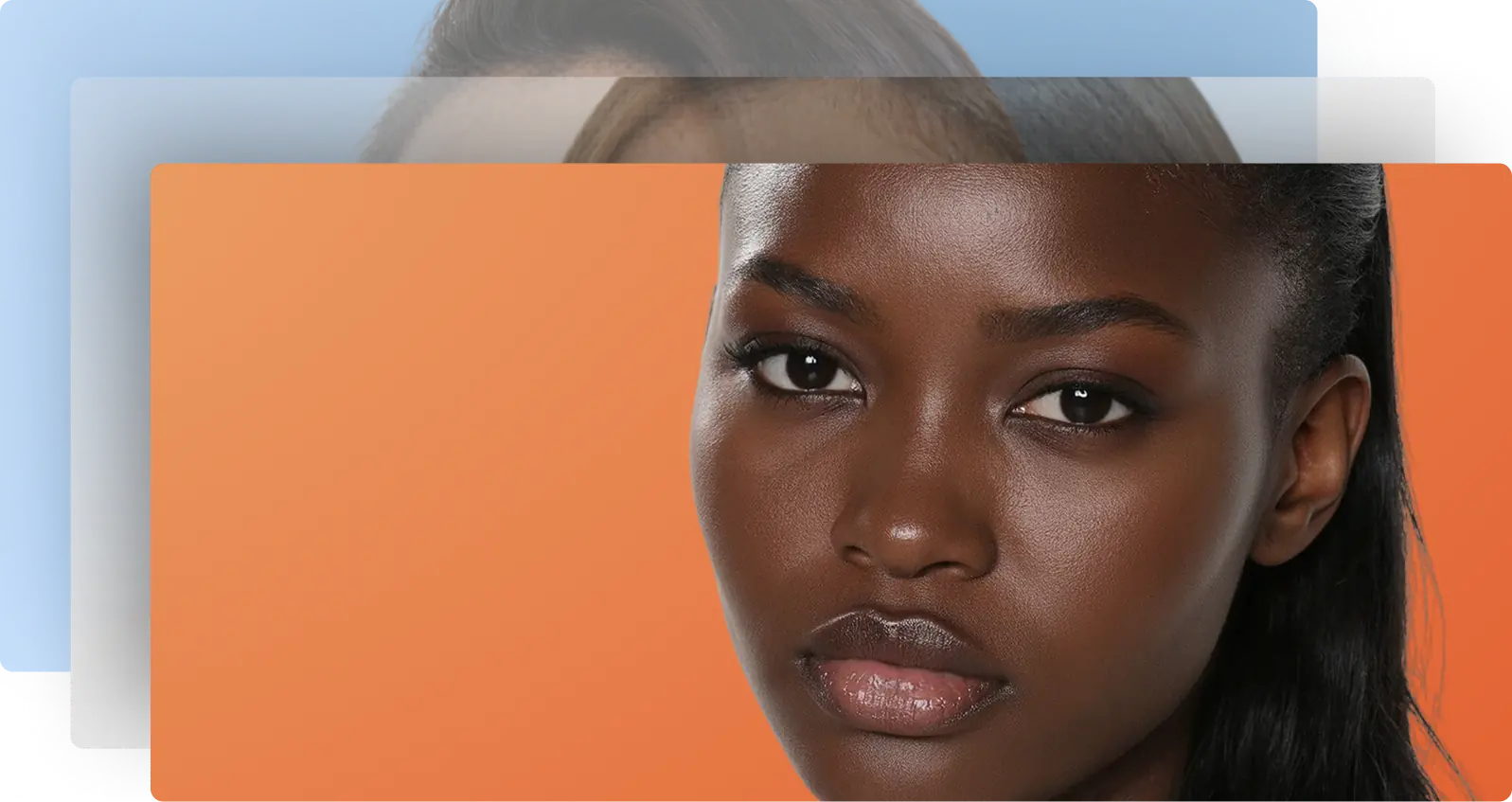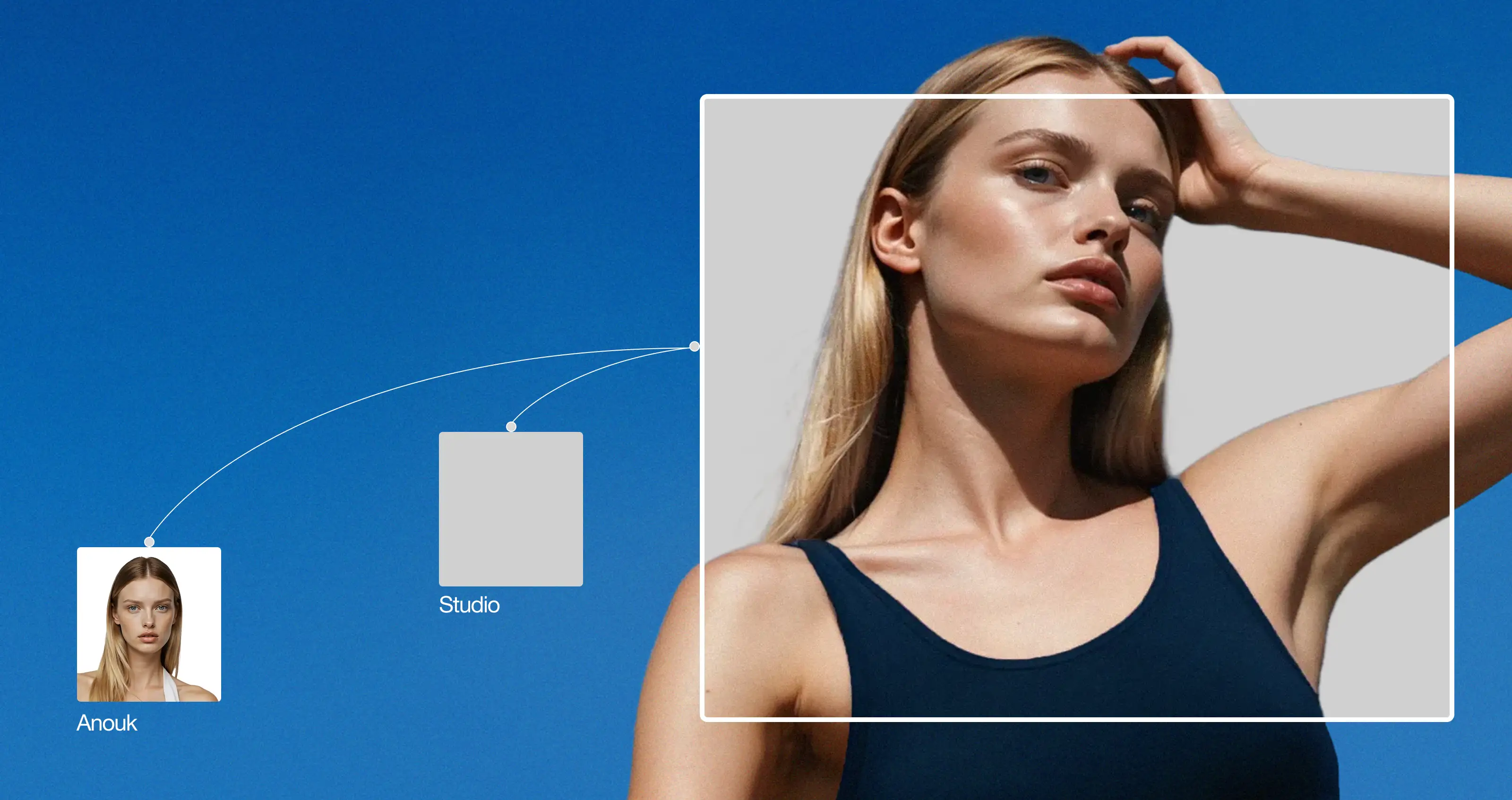Luxury fashion trends in 2025: Balancing heritage and innovation

In 2025, luxury fashion trends are evolving faster than ever. High-end brands are navigating shifts in consumer expectations, sustainability standards, AI-powered insights, and digital experiences — all while maintaining the craftsmanship, heritage, and exclusivity that define luxury. At the same time, fast fashion’s speed and agility offer lessons on how to respond quickly to emerging trends without sacrificing brand integrity.
The difference isn’t in what both sectors chase — AI, digital engagement, and sustainability are table stakes — but in how they implement strategies. Fast fashion reacts in real time, often testing viral hits with small runs and adjusting supply chains on the fly. Luxury brands, by contrast, must uphold narrative and heritage while integrating innovation strategically. Understanding this distinction is essential for executives aiming to maintain relevance in a world where trends move at social-media speed, yet loyalty is earned through authenticity and experience.
Fast fashion insights impacting luxury fashion trends
Fast fashion has always thrived on speed, scale, and responsiveness. Its formula — listen, produce, sell, repeat — allows brands to capitalize on viral trends in a matter of days. Ultra-fast players can identify trending silhouettes, colors, or details on Instagram or TikTok, design products, and have them in stores or online within weeks.
Yet this rapid-fire approach comes with risks. Consumer backlash and European regulatory scrutiny against some ultra-fast brands reveal that pure volume-first models are increasingly unsustainable. Social consciousness, environmental standards, and ethical practices are no longer optional considerations — they are expectations, even for high-speed business models.
The smartest fast fashion brands are evolving, balancing speed with optics, responsibility, and consumer trust. Lessons from their playbook are relevant to luxury brands looking to remain competitive without compromising their heritage:
- Hyper-responsive drops
Using AI and social listening tools, brands detect micro-trends in real time. Platforms like Heuritech analyze billions of posts, influencer mentions, and engagement data, predicting what will go viral next. This information flows directly into the supply chain, enabling rapid response without overproducing. - AI-driven inventory management
Forecasting now integrates influencer activity, search trends, weather data, and past sales, reducing stock risk while keeping pace with demand. - Virtual try-ons and AR experiences
High-volume sales often lead to higher return rates, but AR tools improve confidence and conversion while providing a frictionless digital experience. - Pilot circular programs
Take-back schemes, recycled materials, and conscious capsule collections allow brands to meet sustainability expectations while testing new operational models. - On-demand micro-runs
Producing small batches initially ensures only the most popular styles are scaled, reducing unsold inventory and limiting waste.

These examples show that speed and responsiveness can coexist with responsibility — a concept luxury brands can borrow selectively. While luxury cannot and should not replicate the high-volume approach, executives can apply this insight to digital campaigns, micro-collections, and testable product launches.
Luxury fashion trends: Balancing slow design with fast innovation
Luxury fashion has long been defined by craftsmanship, scarcity, and timelessness. Every collection is a carefully curated story, with months or even years invested in design, sourcing, and production.
Yet today’s high-end consumers demand both heritage and agility. They want products that feel authentic, exclusive, and meticulously made, but they also expect instant digital access, personalized experiences, and seamless e-commerce interactions. This dual expectation defines modern luxury fashion trends: blending slow, deliberate design with fast, intelligent innovation.
Luxury brands are adopting technology not to replace craftsmanship, but to complement it. AI assists in predictive trend analysis, optimizing digital merchandising, and creating hyper-personalized client journeys. Virtual consultations and data-driven styling suggestions allow brands to maintain exclusivity while responding in near-real time to evolving customer preferences.
Some brands are experimenting with rapid “digital-only” collections or limited capsule drops that provide insight into market interest without compromising the integrity of their primary lines. This approach demonstrates that innovation can be rapid, while the physical product remains rooted in heritage and quality.
Luxury fashion trends: Storytelling and authenticity as differentiators
Luxury is not just about the physical product; it is about narrative, emotion, and experience. Every stitch, every cut, every sourced material carries a story. Today’s consumers expect these stories to be traceable, verifiable, and transparent, and they increasingly base purchasing decisions on authenticity and provenance.
Leading luxury houses are amplifying their storytelling in creative ways:
- Atelier tours and artisan features
Some brands invite customers to virtually or physically explore the workshops where products are made, providing behind-the-scenes insights into skilled craftsmanship. - Provenance tracking through digital passports or blockchain certificates
Buyers can verify where materials were sourced and how each piece was produced, reinforcing transparency. - Narrative-driven campaigns
Beyond technical details, these campaigns highlight the cultural, historical, or artistic context of collections, connecting emotionally with high-value consumers.

For executives, storytelling should be strategic rather than decorative. It is a way to differentiate, build trust, and translate heritage into a contemporary context.
Luxury fashion trends: Personalization and clienteling at scale
Personalized service has always been the hallmark of luxury. A client visiting a flagship store might receive one-on-one attention, curated selections, and styling recommendations tailored specifically to their tastes. Translating this bespoke service into digital environments is one of the defining challenges and opportunities of modern luxury marketing.
Artificial intelligence allows brands to analyze customer preferences, past purchases, and engagement data, then translate these insights into personalized recommendations. Digital wardrobes, private online previews, and predictive styling emails extend the bespoke experience into digital channels.
While personalization is increasingly expected, maintaining human touch points remains essential. Luxury buyers seek authentic relationships, not algorithmic suggestions. The most effective strategies combine AI-powered insights with real human engagement, ensuring that personalization reinforces the brand’s sense of exclusivity and service.
Luxury fashion trends: Sustainability as a core value
Sustainability has shifted from a regulatory consideration to a key driver of desirability in luxury fashion. Unlike fast fashion, where sustainability initiatives are often reactive, in high-end fashion it is an intrinsic value proposition.
Luxury consumers now expect transparency and tangible action. Brands are highlighting:
- Regenerative materials
Leather sourced from environmentally responsible farms, dyes with minimal chemical impact, and sustainable fibers are increasingly standard. - Artisan techniques that reduce waste
Traditional handcrafting methods often produce less material waste than mass manufacturing. - Full supply chain traceability
Detailed reporting on sourcing, production, and shipping strengthens credibility.
Sustainability is reframed not as a marketing add-on, but as a hallmark of desirability, rarity, and responsibility. A well-crafted, sustainable product carries prestige not only for its design but for its ethical and environmental impact.
<blogcta>
Luxury fashion trends: Digital-only drops and virtual experiences
Digital fashion has evolved beyond novelty. High-end brands are experimenting with digital-only drops, virtual accessories, and NFT-linked collectibles. These initiatives allow brands to engage younger, digitally native audiences while protecting the exclusivity of their physical products.
Digital drops serve multiple purposes:
- Testing aesthetic directions without overextending production
- Building brand engagement with younger consumers
- Offering new revenue streams through virtual goods and collectibles

AR-enabled virtual wardrobes and immersive digital experiences provide unique touchpoints that expand brand storytelling. Limited digital pieces also introduce scarcity into online experiences, reinforcing the principles of luxury.
Luxury fashion trends: Elevating the customer experience
Luxury is defined by experience. Every touchpoint, from packaging and unboxing to post-purchase communication, conveys brand value. Modern executives are increasingly integrating digital enhancements that reflect this principle:
- Concierge-style chat support and AI-assisted digital advisors
- Private virtual styling sessions
- Seamless digital wardrobes integrated with physical collections
- Sustainable, branded packaging that emphasizes both craft and responsibility
Luxury brands now measure success not only in sales but in the depth of the client relationship and the degree to which every interaction reinforces trust, delight, and brand affinity.
Where fast fashion meets luxury fashion trends
Despite their differences, fast fashion and luxury intersect in several areas:
- AI adoption
Fast fashion uses AI for forecasting; luxury leverages AI for personalization and service. - Sustainability storytelling
Fast fashion reacts to scrutiny; luxury leads with purpose and narrative. - Digital experimentation
Both sectors leverage digital channels to capture attention, test ideas, and engage audiences.
Luxury executives can draw lessons strategically: adopt speed where it enhances the customer experience, proactively lead on sustainability, invest in digital intimacy and experiment safely with micro-drops and virtual releases.
<blogcta-2>
Luxury fashion trends: Strategic imperatives for executives
Luxury brands are entering an era where heritage and craftsmanship coexist with digital innovation, sustainability leadership, and AI-powered insights. Success will favor brands that:
- Combine timeless design with smart, data-informed innovation
- Make sustainability a core pillar of value, not a marketing add-on
- Elevate every customer touchpoint — digital and physical — to reinforce brand narrative
- Experiment strategically with digital and micro-collection initiatives without compromising exclusivity

The future of luxury is not about chasing every trend. It is about mastering the underlying playbook — balancing slow design, fast innovation, sustainability and exceptional client experiences — to shape enduring luxury fashion trends that resonate with both traditional and emerging consumers.



.webp)

